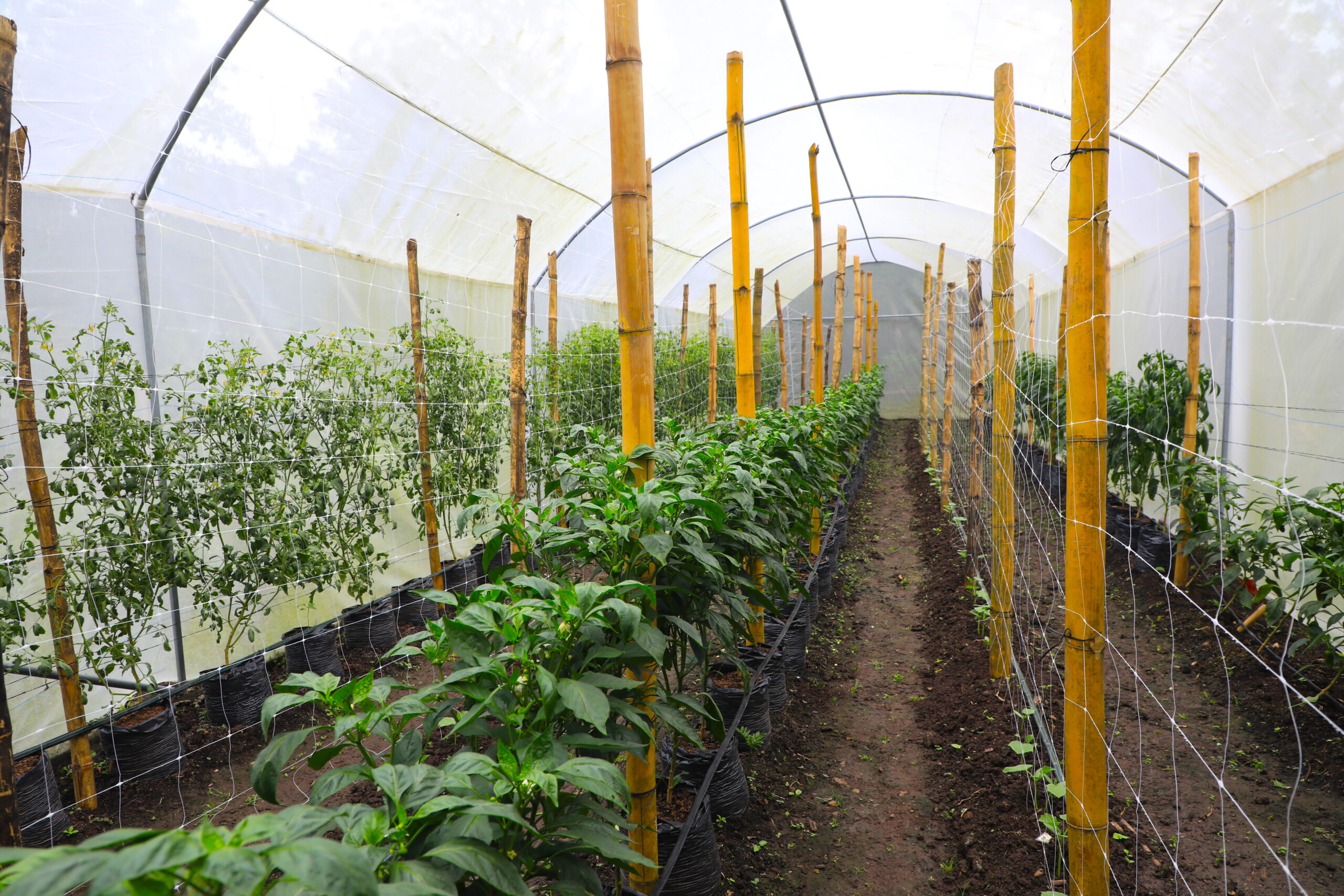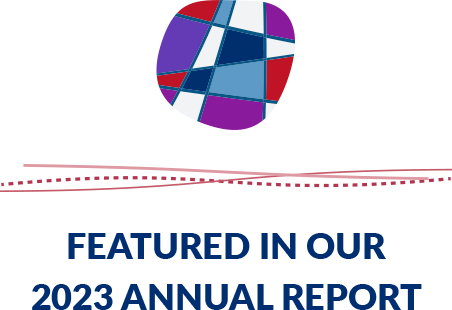Working together to support communities in the Dry Corridor
Claudia Zaldaña
The Dry Corridor is a region in Central America that extends across El Salvador, Guatemala, Honduras, and Nicaragua. This area experiences extreme climate events like long and irregular periods of drought and excessive rain—and these patterns are only increasing due to climate change.
Oxfam and their local partners are preparing communities to better handle these extreme natural hazards.
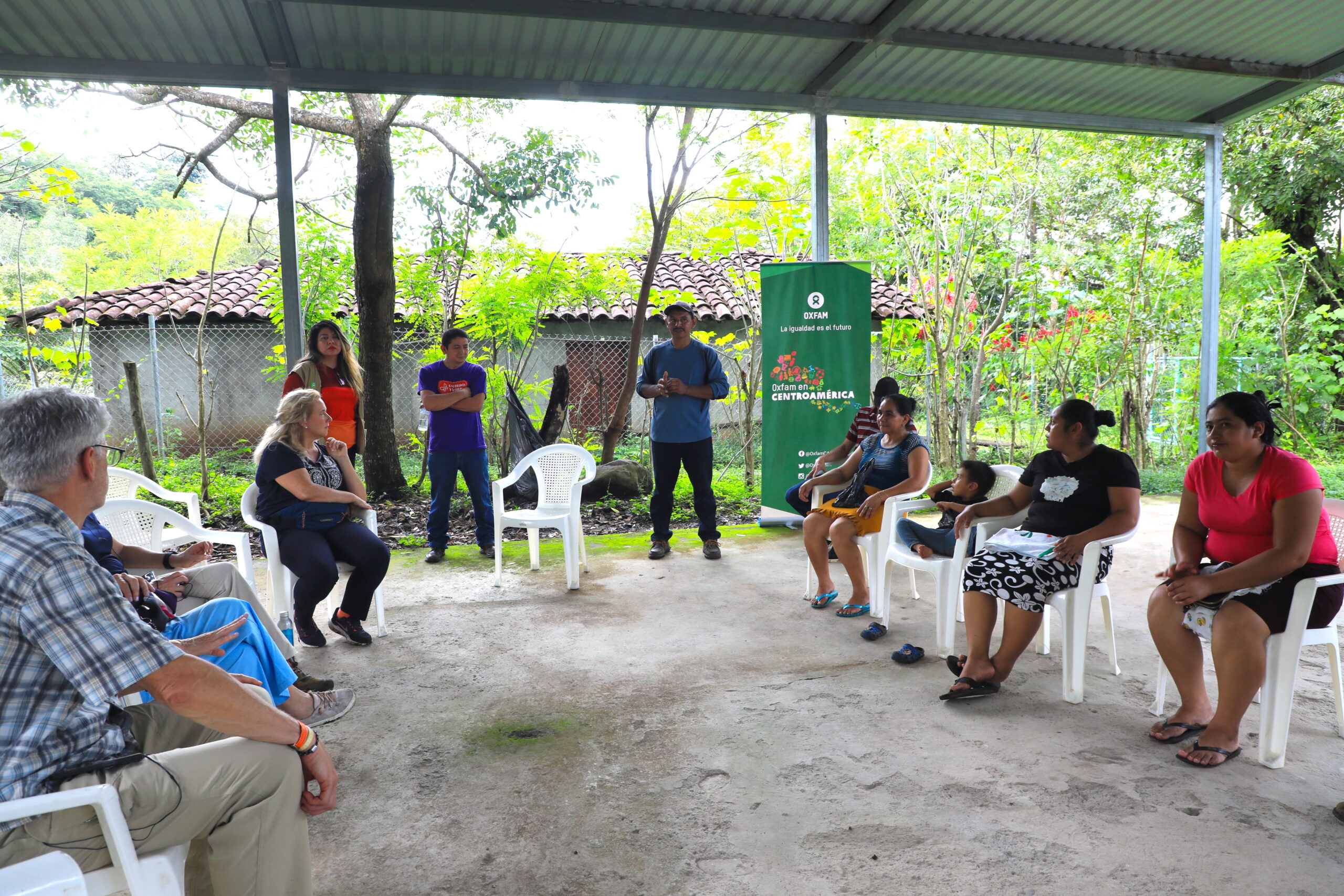
Claudia Zaldaña
Abraham Guevara has a contagious smile. And that smile has been the key to motivating people in the communities where he works.
Since 2022, he has been the Regional Coordinator of the department of Morazán, El Salvador, at Fundación Campo. This organization is one of Oxfam’s local partners in their efforts to increase community preparedness for natural disasters across Central America.
Abraham takes the truck keys and settles into the seat, ready to begin the trip to a remote community in the east of the country.
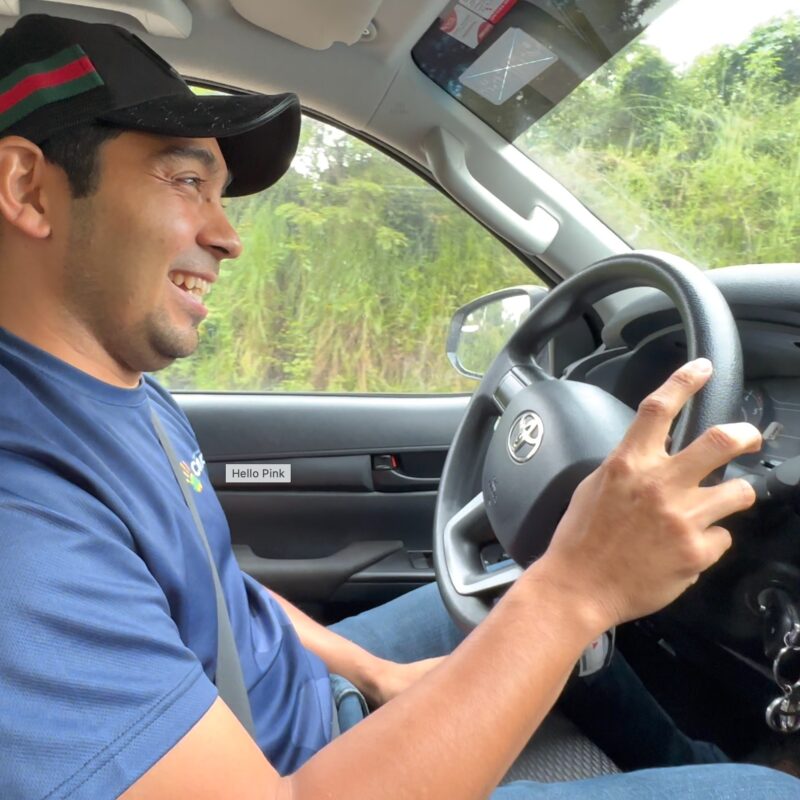
Claudia Zaldaña
Abraham enjoys the community organizing aspects of his work. “I was lucky to be born in a refugee camp, during the last years of the civil war in El Salvador. There, organization was vital and the key to community development.”
Abraham is convinced that his knowledge and experience in community organizing has allowed him to lay the foundations for more effective work with communities and to build a closer and valuable relationship with Oxfam.
When community organizations work together, they often divide efforts by location or project, effectively remaining siloed in their approach.
Oxfam America is taking a different approach. Oxfam supports several local organizations in El Salvador and has fostered collaborative relationships where partners work and learn together alongside communities.
Preparing for Drought in the Dry Corridor
The objective of Oxfam America’s partnerships is to support local communities and Community Emergency Committees, strengthening their ability to prepare for disasters, and reducing the impacts of hazards on the most vulnerable families living in the Dry Corridor of El Salvador.
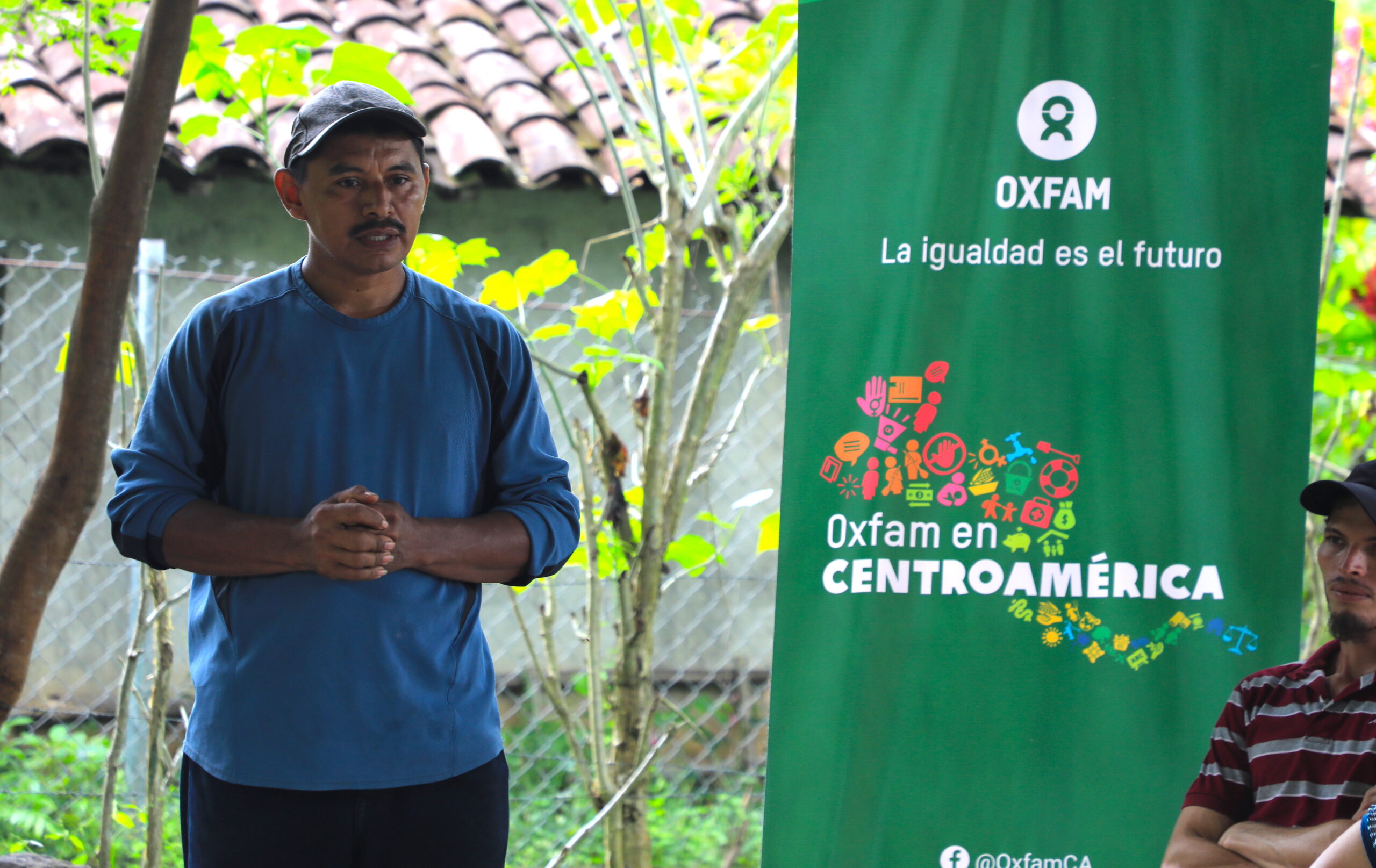
This initiative is supported by the Disaster Relief & Recovery domain of Margaret A. Cargill Philanthropies, which focuses on low attention disasters and regions.
While the impacts are devastating, drought is a “slow onset” disaster that is often overlooked relative to events like hurricanes or floods.
Oxfam and partners are collaborating in 30 communities with high levels of social and economic vulnerability as well as high exposure to natural hazards. Through this work, families learn to take early action so they will be less affected by disasters.
Oxfam works hand in hand with two local partner organizations to achieve their objectives in El Salvador. One partner is Asociación Fundación para la Cooperación y el Desarrolo Comunal de El Salvador (CORDES), and the other is Fundación Campo. Both organizations have established and trusting relationships with local communities.
“At the beginning, we divided our work territorially; Fundación Campo served half of the communities and CORDES served the other half. However, later we decided to work together in all the territories and this helped us to get to know the communities better, understand their behavior and work more deeply as a team,”
— Malvin Oritz, Disaster Risk Management Technician, CORDES
Abraham shares that the experience of working as a team has been enriching. “It has helped us diversify and broaden our capabilities in the fields of local development and emergency response in the communities,” says Abraham, as the pickup truck continues along the rugged road leading to El Bajío.
Working and Learning Together
Angel Marcos, Regional Project Manager at Oxfam for this project in Central America, is traveling with Abraham. Angel is convinced that this project is valuable for everyone involved.
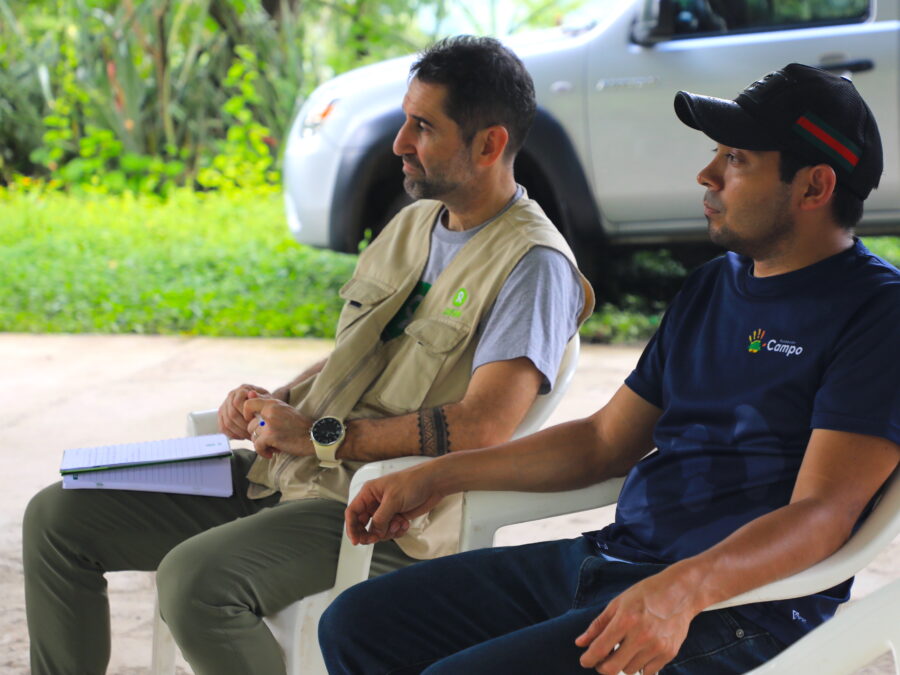
“The partner organizations are the ones who know the communities best, they have a closer bond with them, and their presence has helped us start work in the regions in a much better way,” says Angel.
He also thinks it was a good decision to have the partner organizations working in tandem in all communities, rather than dividing territories. “There is more of a team feeling and approach since they started working together in the field,” he says.
“We are not the specialists in response; Oxfam guides us on that issue. But where we are stronger is that we have an established presence, the contacts, and the coordination on the ground. We know what we have to do to serve people and they type of assistance that is needed in this area,” says Abraham to Angel with a smile.
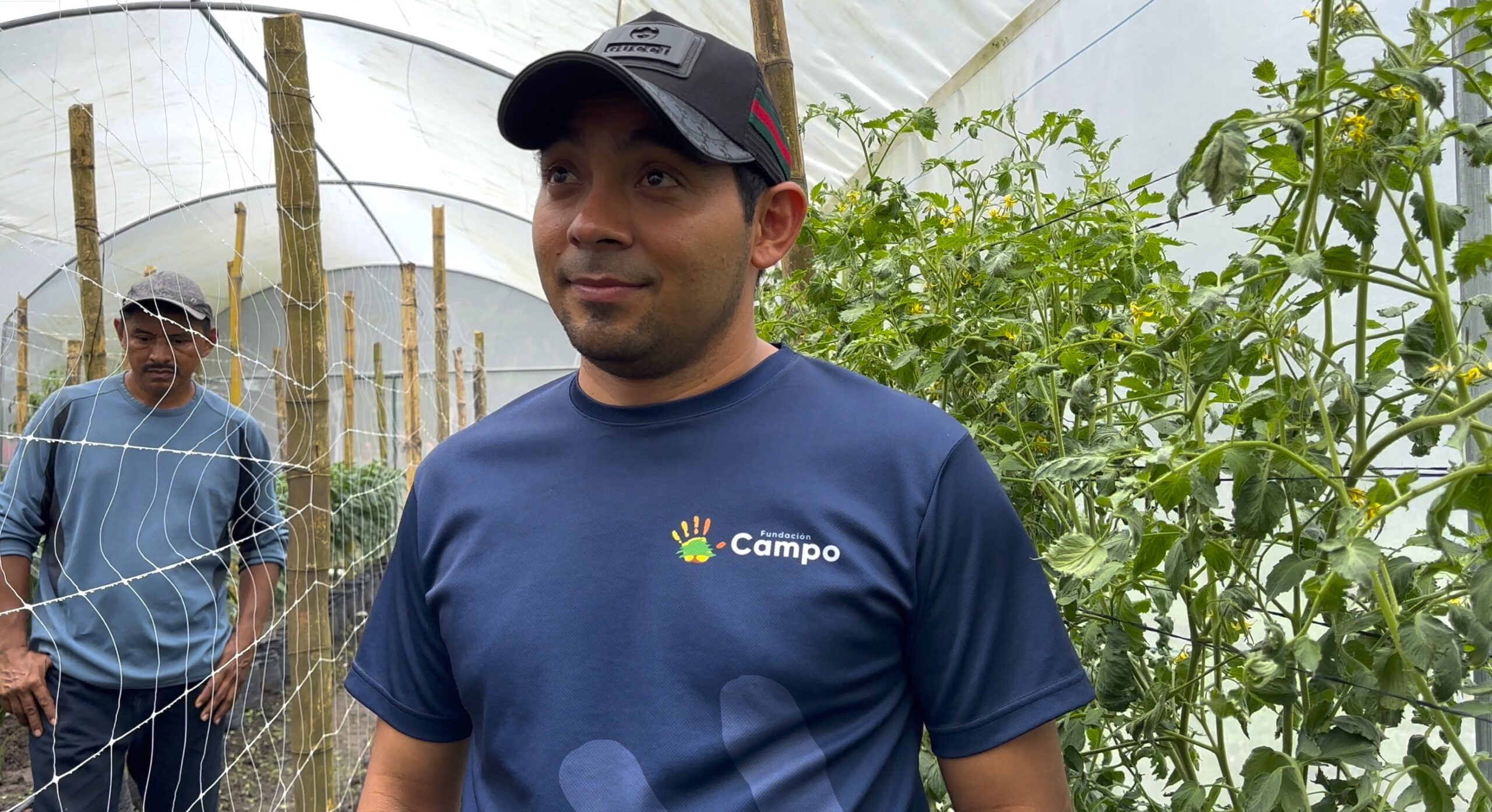
Abraham believes this knowledge is valuable and that this collaboration is also an opportunity to transfer that knowledge between organizations.
Angel agrees, and on this journey to El Bajío, a seed was planted. Angel and Abraham agreed to hold a partners’ workshop to share the experiences of each organization and what they are learning through the project.
Strengthening Livelihoods
One of the challenges of this type of community work is sustainability. Abraham shares that Fundación Campo always plans the exit strategy for each community from the very beginning.
“People here are very committed to improving their communities. It’s also important to always include initiatives in projects that will strengthen community members’ livelihoods. This helps ensure that the capacity forged in community leaders stays in the community and they do not have to leave to look for opportunities elsewhere,”
— Abraham Guevara, Regional Coordinator, Fundación Campo
Abraham parks the truck in El Bajío, where he has come to see the macrotunnel—an example of work to strengthen community members’ livelihoods. A macrotunnel is a plot of land protected by a fine netting structure, similar to a greenhouse. A group of El Bajío residents grow vegetables in this macrotunnel.
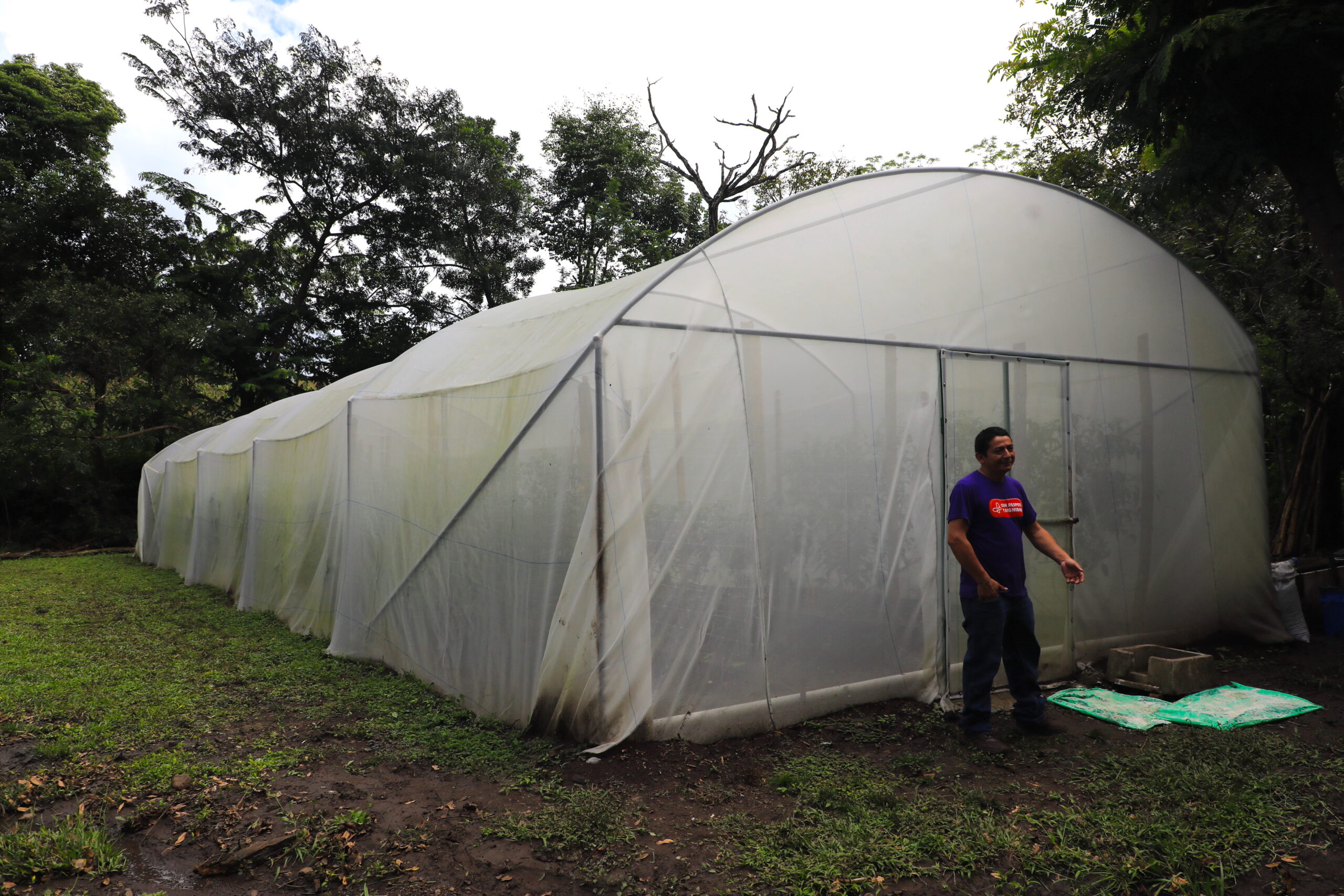
Community members also capture and store rainwater in a tank and use this precious and limited resource for irrigation. The macrotunnel helps protect plants from pests and extreme weather.
This innovative and drought-resistant way to grow vegetables supports individuals and families through the long dry periods characteristic of the region. This type of innovation is increasingly needed as the region’s already challenging conditions are being intensified by climate change.
Story and photos by Claudia Zaldaña
